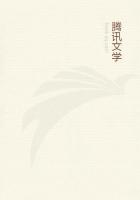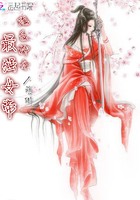(Tecoma radicans) Trumpet-creeper family Flowers - Red and veined within, paler and inclined toward tawny without, trumpet-shaped, about 2 1/2 in.long, the limb with 5rounded lobes; 2 to 9 flowers in the terminal clusters;anther-bearing stamens 4, in pairs, under upper part of tube; 1pistil.Stem: A woody vine 20 to 40 ft.long, prstrate or climbing.Leaves: Opposite, pinnately compounded of 7 to 11ovate, saw-edged leaflets.
Preferred Habitat - Moist, rich woods and thickets.
Flowering Season - August-September.
Distribution - New Jersey and Pennsylvania, westward to Illinois, and soutb to the Gulf States.Occasionally escaped from gardens farther north.
>From early May untll the middle of October, the ruby-throated hummingbird forsakes the tropics to spend the flowery months with us.Which wild flowers undertake to feed him? Years before showy flowers were brought from all corners of the earth to adorn our gardens, about half a dozen natives in that parterre of Nature's east of the Mississippi catered to him in orderly succeswsion.In feasting at their board he could not choose but reciprocate the favor by transferring their pollen as they took pains to arrange matters.Nectar and tiny insects he is ever seeking.Of course hundreds of flowers secrete nectar which taxes them little; and while the vast majority of these are avowedly adapted to insect benefactors; what is to prevent the bird's needle-like bill from probing the sweets from most of them? Certain flowers dependent on him, finding that the mere offering of nectar was not enough to insure his fidelity, that he was constantly lured away, had to offer some especially strong attractions to make his regular visits sure.How did these learn that red is irresistibly fascinating to him, and orange scarcely less so, perhaps for the sake of the red that is mixed with the yellow? Today we find such flowers as need him sorely, wearing his favorite colors.But even this delicate attention is not enough.He demands that his refreshments shall be reserved for him in a tube so deep or inaccessible that, when he calls, he will find all he desires, notwithstanding the occasional intrusion of such long-tongued insects as bumblebees, butterflies, and moths.First the long-spurred red and yellow columbine and the painted cup, then the coral honeysuckle, jewelweed, trumpet-creeper, Oswego tea, and cardinal flower have the honor of catering to the exacting little sprite from spring to autumn.His sojourn in our gardens is prolonged until his beloved gladioli, cannas, honeysuckles, nasturtiums, and salvia succumb to frost.
Where a trumpet vine climbs with the help of its aerial roots, like an ivy's, and sends forth clusters of brilliant tubes at the tips of long, wiry branches, there one is sure to see sooner or later, the ruby-throat flashing, whirring, darting from flower to flower.Eight birds at once were counted about a vine one sunny morning.The next, a pair of tame pigeons walked over the roof of the summer-house where the creeper grew luxuriantly, and punctured, with a pop that was distinctly heard fifty feet away, the base of every newly opened nectar-filled trumpet on it! That afternoon all the corollas discolored, and no hummers came near.















